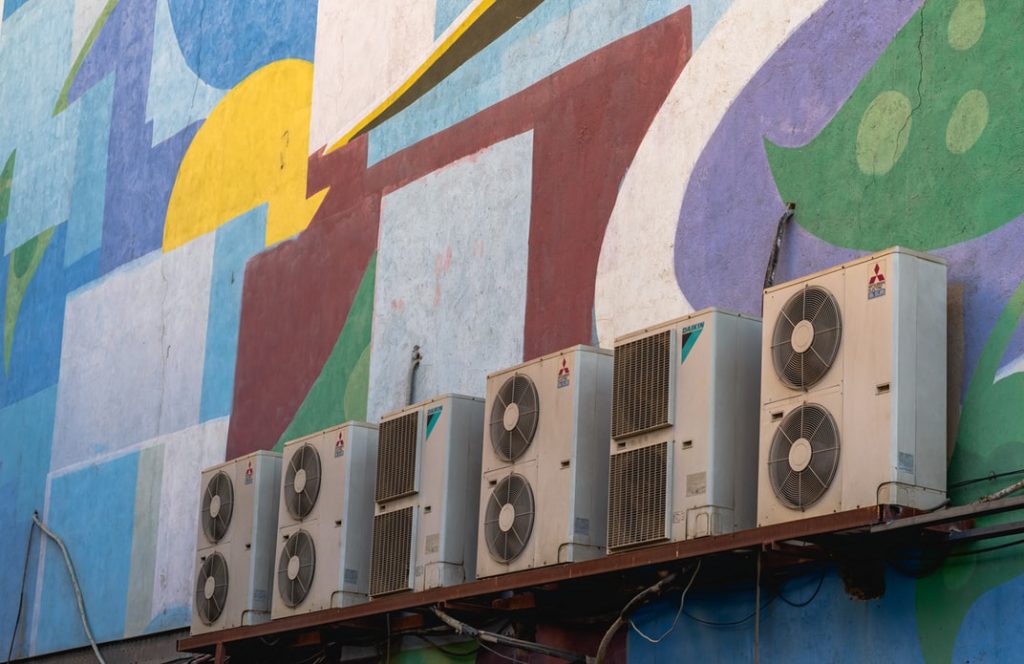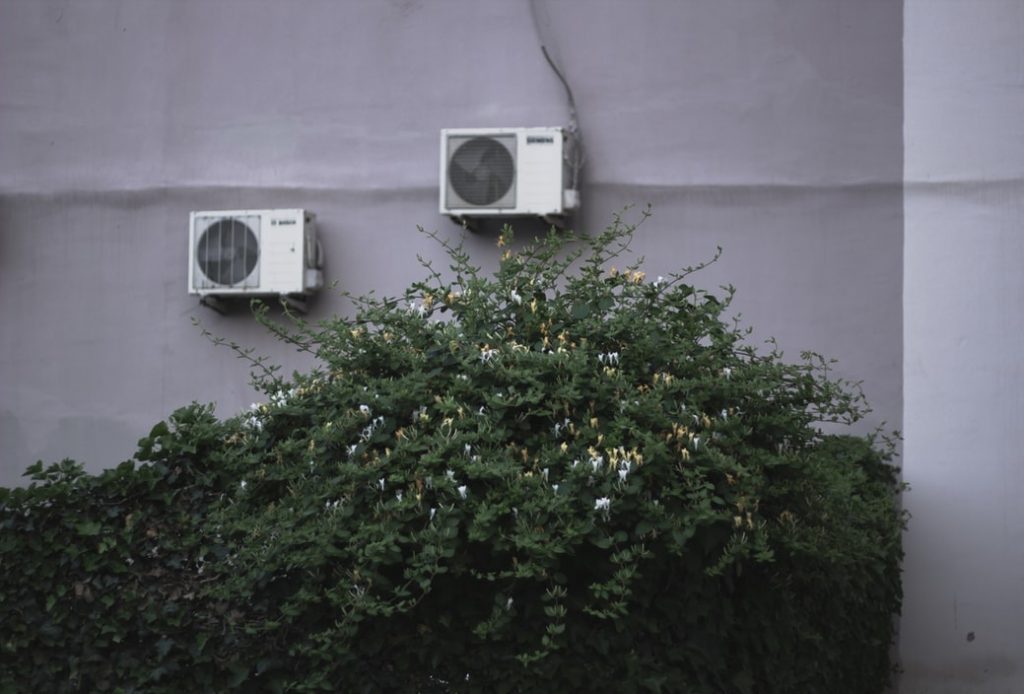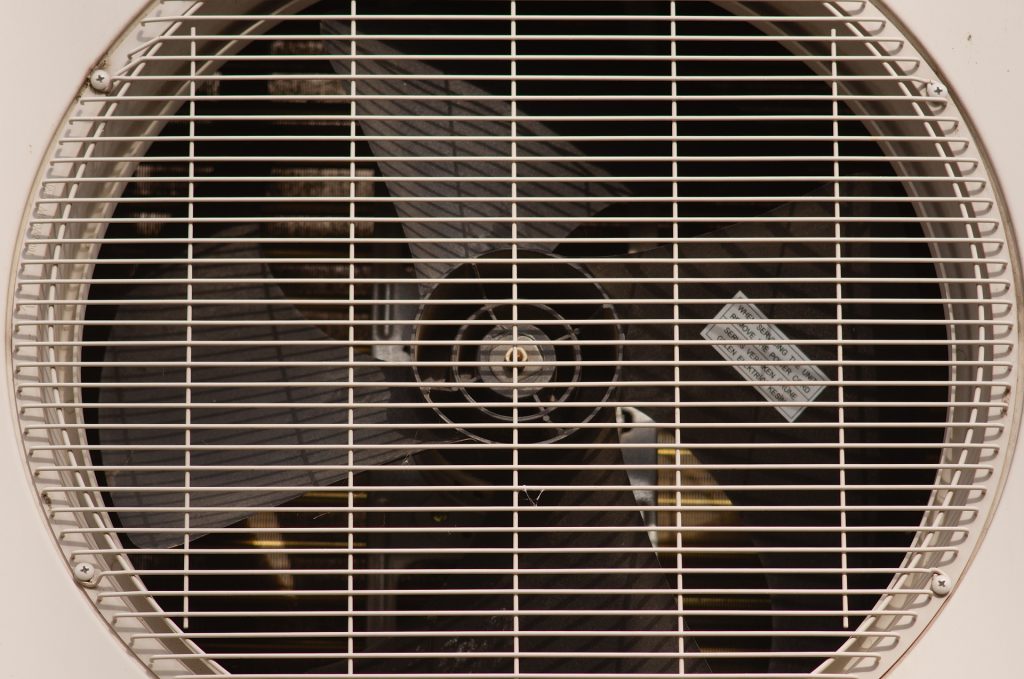An air conditioner pad may not seem like it does much. I mean, a basic piece of rubber can’t possibly be all that important given all of the complex components in an air conditioner, right? Well, wrong. An air conditioner pad plays an important role in keeping your unit safe. This post will walk you through the basics of AC condenser pads, including installation and maintenance.
What Is An Air Conditioner Pad?
An air conditioner pad is a piece of material (usually concrete or recycled composite) that sits underneath your central air conditioner. It’s typically the first thing you’ll take care of during the installation process, assuming you’re installing a new central air conditioner from scratch (meaning you don’t have an existing pad).
First, you should know that an AC condenser pad (referred to as such because that large exterior unit houses – yup, you guessed it – the condenser) lifts the unit slightly off the ground. This is important for two reasons.
For one, it protects your air conditioner from pests. Backyards (especially in places like Arizona) are notoriously filled with all kinds of pests and critters that can get inside your air conditioner and wreak havoc. An air conditioner pad reduces the likelihood of that.
Secondly, air conditioner pads reduce the AC’s vibration against the ground it rests upon. If the air conditioner made direct contact with the ground, you’d likely find that it produces weird buzzing noises and, more importantly, suffers damage. This is really what makes an air conditioner pad so important; it protects against damage that could drastically shorten the unit’s lifespan.
Note: Air conditioner pads can also occasionally be found on ductless units that rest on the ground rather than being affixed to an exterior wall. You should also not confuse the type of pad we’re discussing in this article with a levelling air conditioner pad, which is used to correct deficiencies in the larger, underlying pad.
Types Of Air Conditioner Pads

Let’s take a look at the two most common types of AC condenser pads.
Concrete
A concrete pad is ideal for larger air conditioners. As you can imagine, the material is more than capable of supporting a large air conditioner’s weight. On the downside, it may not be necessary if your air conditioner’s capacity is merely enough to support a medium or small-sized home. Learn more about air conditioner size and capacity in this article.
Composite
Composite pads typically use recycled plastic or rubber and are well-suited towards smaller, lighter air conditioners. Don’t let their softer nature fool you, though; recycled AC pads can last just as long as their concrete counterparts, provided you have them installed correctly.
If you live in the Phoenix area and aren’t sure what type of air conditioner pad is right for you, check out our services here.
Air Conditioner Pad Installation
Here are the steps you should follow for air conditioner pad installation if you’re going the DIY route.
Step #1: Decide Whether You Really Need An AC Pad
If you’re installing a brand new air conditioner, you absolutely should install a new pad (assuming you don’t have one already). If you’re looking to install one underneath an old air conditioner, however, there are some things you should consider.
For one, if the unit is approaching the end of its lifespan (roughly 15 years for most air conditioners), it may be best to leave it alone until you’re ready to buy a replacement. Disturbing their conditioner could cause damage to its aging parts, which you of course don’t want.
Step #2: Purchase The Air Conditioner Pad
You can purchase AC pads at most home hardware stores. Choose a pad that leaves at least one foot between the perimeter and your air conditioner’s support feet. Also consider whether you want a concrete or composite pad. Keep in mind that you won’t necessarily run into issues pairing a concrete pad with a smaller AC but the reverse could cause hiccups (i.e. the pad sinking into the ground).
You should expect to spend about $100 on the pad.
Step #3. Level The Ground
This is a very important step that many people miss. The ground underneath your AC pad should be level. Otherwise, the unit will sit at a slant and run inefficiently. This is one of the facts that can lead to an air conditioner not performing as well as its SEER rating would suggest it should.
Use a level to check the ground, then place the pad on the cleared area and check to ensure that it’s level too. Otherwise, you’ll need to purchase leveling air conditioner pads, which isn’t a huge deal but just adds an extra step you can easily avoid.
Step #4: Create A Compacted Gravel Or Concrete Base
Some people just toss the pad down and call it a day at Step #3. This can lead to issues with water drainage so we recommend laying down a gravel base before placing the pad. If you have experience pouring concrete (or know someone who does), you can also make a more permanent base that way.
If you’re going the concrete pour route, just make sure you check that it’s level before moving on.
Step #5: Install Your Air Conditioner On Top Of The Pad
Once you have your pad in place atop a level, reinforced base, you’re ready to install your central air conditioner unit on top of it. Follow the steps here.
Step #6: Wrapping Up
If you suspect (or know) you botched creating a level plane for your AC pad in the previous steps, now’s the time to add some levelling pads underneath the unit itself. The process here is pretty straightforward; you’ll just need to wedge the pads underneath.
Now’s also the time to install vibration pads directly underneath the unit. While the AC pad itself will keep the unit from vibrating against the ground, these feet will prevent it from rattling against the pad. If you’re wondering why you can’t just slap these vibration pads on the ground, plop your AC on top, and call it a day, it’s because they’re not designed to support your AC’s full weight like a concrete or composite pad would.
Check on your AC pad periodically as it can shift over time. Fixing this is easiest if you catch it fairly early.
Frequently Asked Questions
How do I lift an AC unit off the ground?
Central air conditioners are heavy machines. As such, you need something very strong to lift yours off the ground. For lighter units, you can get away with a pad made from recycled rubber or some type of composite. If you have a full-sized air conditioner, go with concrete.
How do you fix a sinking air conditioner pad?
If your air conditioner pad is sinking, its base has either worn away or is nonexistent. If it’s the former, you can compensate by pouring and packing sand underneath. If it’s the latter, do the same but remember to add a base (made from either compact gravel or poured concrete) next time you replace your AC.
Can an AC unit sit on the ground?
This is generally not advisable. When your air conditioner is resting directly on the ground, critters can make their way inside and cause all kinds of damage. You’ll also find that backyard chores such as mowing the grass become a lot more difficult.










